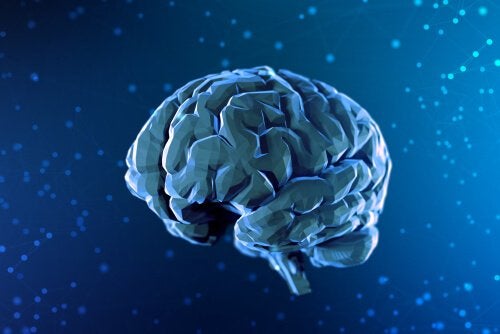It can be said that the history of neuroscience begins in the 5th century BC, when Alcimeo de Crotona, after discovering the optic nerves in his dissections, began to think that the brain was the place where thoughts and sensations resided. For example, Aristotle argued that intellectual processes occurred in the heart, so for him the brain was responsible for cooling the blood that this organ overheated.
Subsequently, hypocratic or humorous theory developed, according to which the body functioned according to the balance of four liquids, in this line of thought, an imbalance in the proportions of these fluids would lead to the development of a disease or a change. Thus, analyzing the hardness of the cerebellum and brain, he argued that the brain would be the organ that would process sensations and take care of memory.
- In this debate.
- René Descartes.
- Between the 1630s and 1650s.
- Disseminated mechanistic theory.
- And established body-soul duality.
- In which the brain would be in charge of driving.
- And highlighted the pineal gland as a means of communication between Thus.
- Descartes has dedicated himself to being the father of this mind-brain debate.
- Which remains a topic of discussion for many neuroscientists.
In 1808 Gall published on frenology, i. e. all mental processes occur in the brain and there is a specific area for each, this location has led to research on the mind concentrating even more on this organ. -two areas of the brain, with their associated mental processes.
In addition, it was thought that the development of certain skills corresponded to an increase in the volume of the associated brain region, so a dynamic view of the brain was initiated, understanding that the organ adapted its physical configuration to the demands of the environment, resreserved more space for the most necessary skills.
In this way, it was believed that it was possible to recognize intellectual and moral skills through the shape and size of the heads (at that time, there were no neuroimaging techniques that we currently have).
Later, in 1861, Broca introduced to the Society of Anthropology of Paris the case of a patient who had lost his speech, but not the ability to understand, following an injury in a region to be named, which provoked great enthusiasm for the brain, as it was the first evidence of the relationship between the brain and language.
In 1874 Wernicke described patients who could speak but not understand, which represented a new perspective in brain study, connectivism, which suggests that only the most basic functions are limited to certain regions of the brain, while they are complex. Functions are the result of the interaction of multiple localized regions.
Interestingly, in 1885 the first publications on the memory of Ebbinghaus were made, describing the evaluation methods currently used. Shortly the day after, in 1891, the term neuron was coined, thanks to its discovery by Cajal.
At the beginning of the twentieth century, the two world wars marked the development of the history of neuroscience. World War I caused many deaths, but also many wounded.
Thousands of people have been left with physiological consequences. As a result, the need for neurological rehabilitation has increased exponentially. This represented a new impetus for research in this area. During World War II this discipline is consolidated and important neuropsychological interventions are launched by references such as Luria.
Approximately 20 years after the end of World War II, in 1962, the Neuroscience Research Program was launched, an organization that brings together universities around the world, whose goal was to connect students from the behavioral and neurological sciences: biology, nervous system and psychology.
It was piloted by the Massachusetts Institute of Technology (MIT), this institute organized weekly meetings, conferences and debates, inspiring specific and tailored educational programs.
“Neuroscience is by far the most exciting branch of science because the brain is the most fascinating object in the universe. Every human brain is different, the brain makes every human being unique and defines who it is?. Stanley B. Prusiner (Nobel Prize in Medicine, 1997)
Following this event, the Society of Neurosciences, the world’s largest neuroscience company, was established in Washington (1969), which remains a global benchmark as well as its annual event.
Thanks to the momentum of previous years and the union of disciplines underway, the Advisory Council of the National Institute of Neurological Disorders and Cardiovascular Accidents published in 1990 a work entitled The Brain Decade: Responses through Scientific Research, which included fourteen categories of neurological disorders that had not been studied before, ensuring a breakthrough in neuroscientific research.
Among all the technical and knowledge advances, the neuroscience boom is already a fact, in 2002 the Blue Brain project was launched with the idea of creating a simulation of mammalian brains at the molecular level to study their structure. the world joins this interesting project.
In 2013, Barack Obama announced the launch of a major scientific project: BRAIN, which includes the GENOMA level and aims to develop a detailed and dynamic map of the human brain, initially invested $100 billion. This is, of course, the new great American challenge and, moreover, it is the tool with which this country intends to lead brain research.
However, Europe has a slight advantage in this regard, implementing the HUMAN BRAIN project in parallel, with an investment of more than one billion euros. The goal is that in about 10 years we have made a qualitative leap from what we know about the brain today, so it seems that there are still some very interesting aspects to discover about neuroscience.

